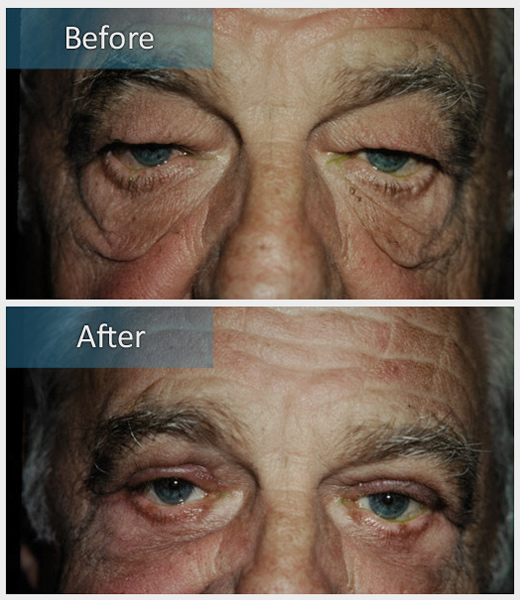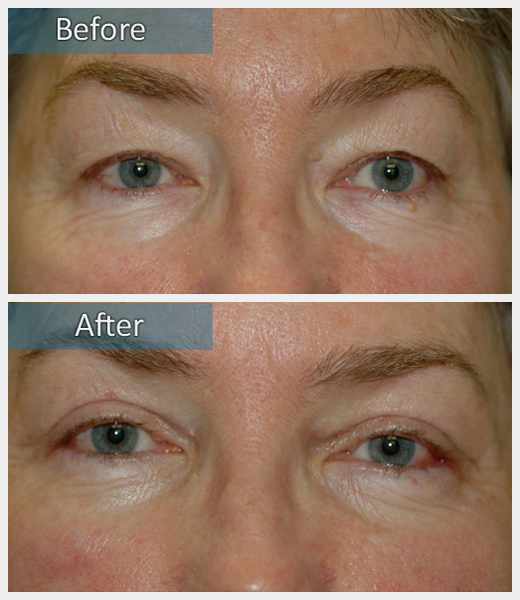Introduction to Blepharoplasty
Your eyes are frequently the focal point of your face and an important aspect of facial attractiveness. The eyelids are critical in protecting the eyeball, maintaining a stable tear film and providing facial expression.
The eyelids may become droopy or baggy due to stretching of the tissues which can allow normal fat to advance and create a fullness or thickness of the upper or lower eyelids. This may occur on a hereditary basis, from chronic eyelid swelling, infections, allergies, due to aging, trauma, from various inflammatory conditions, post-surgical changes or drooping eyebrows.
The effect of drooping eyelids may be both functional and cosmetic. The most common functional complaint is that the thick upper eyelid folds obscure driving or reading vision, whereas cosmetic considerations are primarily due to eyelid appearance (tired eyes).
Blepharoplasty is the medical term (from the Greek roots blepharon or eyelid and plassein to form, mold, shape) for an eyelid surgery which corrects the drooping or sagging tissues of the upper and lower eyelids. The surgery involves removing skin and fat from the upper and lower eyelids with the goal to debulk the upper eyelid fold, sharpen the crease and restore the lower eyelid concavity. The surgery typically requires incisions that follow the natural upper eyelid crease (midway between the brow and eyelid margin) and are hidden along the inside of the lower eyelid. The incisions blend with the smile lines at the outside corner of the eyelids. Eyebrow surgery may compliment blepharoplasty to restore the natural relationships of the eyelid crease, contour and fold.
Blepharoplasty is usually performed as an outpatient procedure under local anesthesia, with sedation if desired. The amount of pain experienced after surgery is variable among individuals; but most people have very little pain, controlled with compounds which do not contain aspirin to avoid bleeding. Eyelid swelling is also variable after blepharoplasty but is minimized by using ice compresses or frozen peas in a ziplock baggie for the first 48-72 hours after surgery. Most swelling and/or bruising are resolved after two weeks, but a small amount may be present for up to six weeks after surgery.
There are normally three postoperative visits, the day after surgery to ensure that there are no structural problems, the week after surgery to take out sutures and the month after surgery to take final photos.










